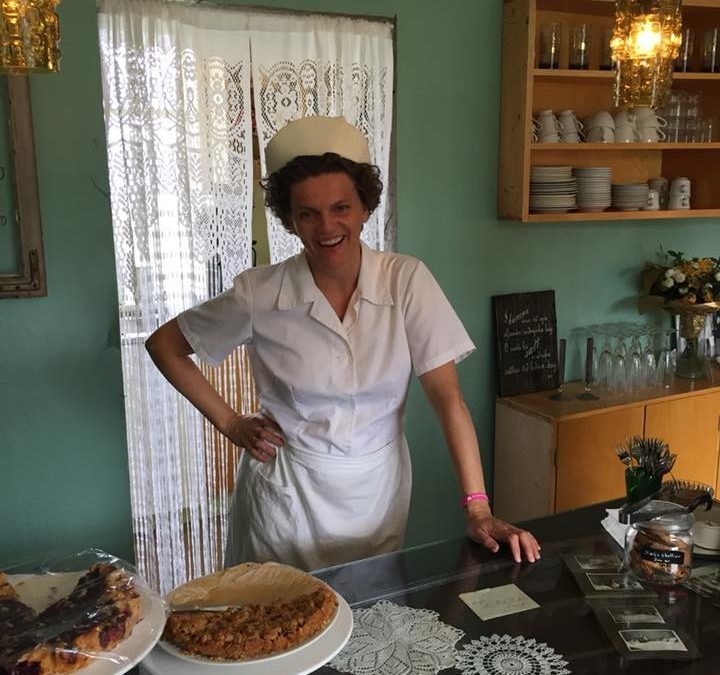Free and exclusive discount codes for hundreds of tours and & travel services in Iceland
Subscribe to instantly receive discount codes for tours, car rental, camper van rental, and outdoor clothing rental. Thank you! ❤️ Jon Heidar, Editor of Stuck in Iceland Travel MagazineOne of Iceland’s most interesting exhibitions is located a short drive outside of the northern town of Akureyri. It is called the ‘HÆLIÐ’ or ‘Sanatorium’ and is a tribute to the tuberculosis sanitarium which was founded at the farm of Kristnes in 1927. It housed tuberculosis patients until around 1970. The opening of the sanatorium was a reaction to the ‘White Death’ which was endemic in Iceland. A sanatorium in Vífilsstadir close to Reykjavik had been opened in 1910 but it was quickly realized that this would be nowhere near enough to treat the many patients of this horrible disease. Like in many other countries, tuberculosis in Iceland ravaged many lives and the government, doctors, nurses and other care workers did what they could with the little resources they had.
No tuberculosis in Iceland – no Stuck in Iceland Travel Magazine
I am actually a child of the tuberculosis epidemic. My mother’s parents met at Kristnes and started their romance there. Theirs was the story of many poor people who contracted the disease and could convalescence at the Kristnes sanitorium. No tuberculosis, no Stuck in Iceland Travel Magazine! My mother and I are pretty sure that there is a picture of my grandmother, Þóra, at the exhibition. She is out with other patients, who are outside, enjoying a sunny day. When you look closely at the photo, the mood is somber, in spite of the sunshine. The lady who I think is my grandmother is the young lady in the left of center, looking straight at the camera. Sadly, I never met my grandmother, she died from cancer long before I was born.
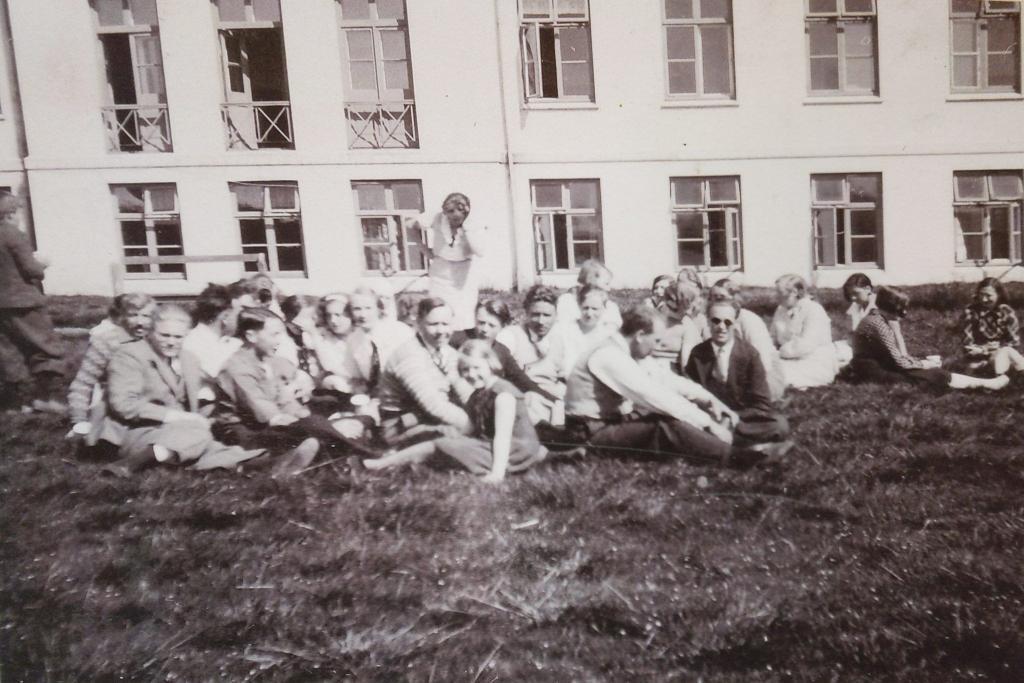
Symptoms of poverty
For many poor people who came to Kristnes, it was like coming to a palace. The sanitarium was designed by Guðjón Samúelsson, the same architect who designed Hallgrímskirkja cathedral, the most photographed building in Iceland. The tuberculosis epidemic was a symptom of poverty, poor diet, and awful housing. It brings home the abject poverty of Iceland which was a feature of this mostly agrarian society until the Second World War propelled it towards modernity.
Harrowing exhibition
But even if there was romance at the sanitarium it must be said that the visit to the HÆLIÐ sanatorium is harrowing. There are just so many sad stories of young people, and children, who lost their lives after suffering terribly. There were little the doctors or the nurses could do for patients in the first decades in which the sanatorium was operational. The first drugs against tuberculosis were not available until the middle of the last century.
No cure for a long time
Fresh air, good housing, healthy food and rest was the main treatment. But for some persistent cases, the doctors tried some terribly invasive operations. This was called thoracoplasty and involved opening the patient up, cutting his or her rib bones to allow the lounge to collapse. This was supposed to help the affected lounge to heal. You can watch a recording of such a procedure through a window at the exhibition. Even it is in black and white it is certainly not for the faint of heart.
One of the toughest guys you have never heard of
There is one story told at the sanatorium about a young man, Sigurbjörn Sörensson who was so desperate to get well that he asked for thoracoplasty. His ribs are on display at the exhibition but they were preserved by his wife who ‘loved every bone in his body’
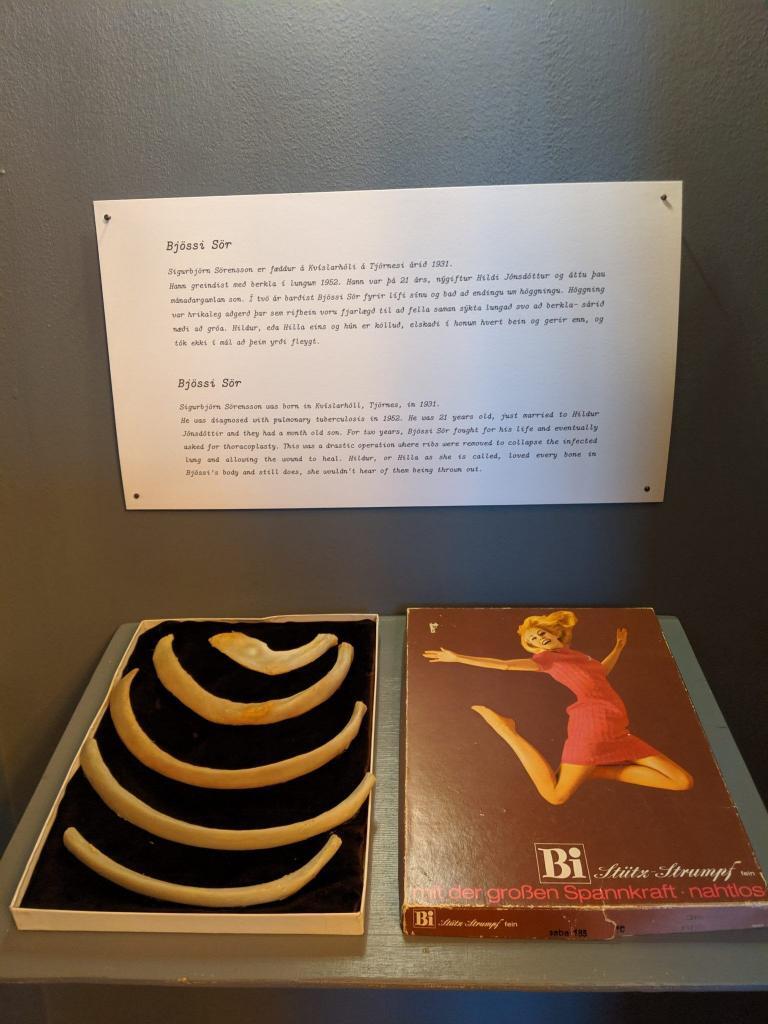
I think this must be one of the romantic things I have ever seen! Sigurbjörn donated the ribs himself. I thought to myself, what a tough guy.
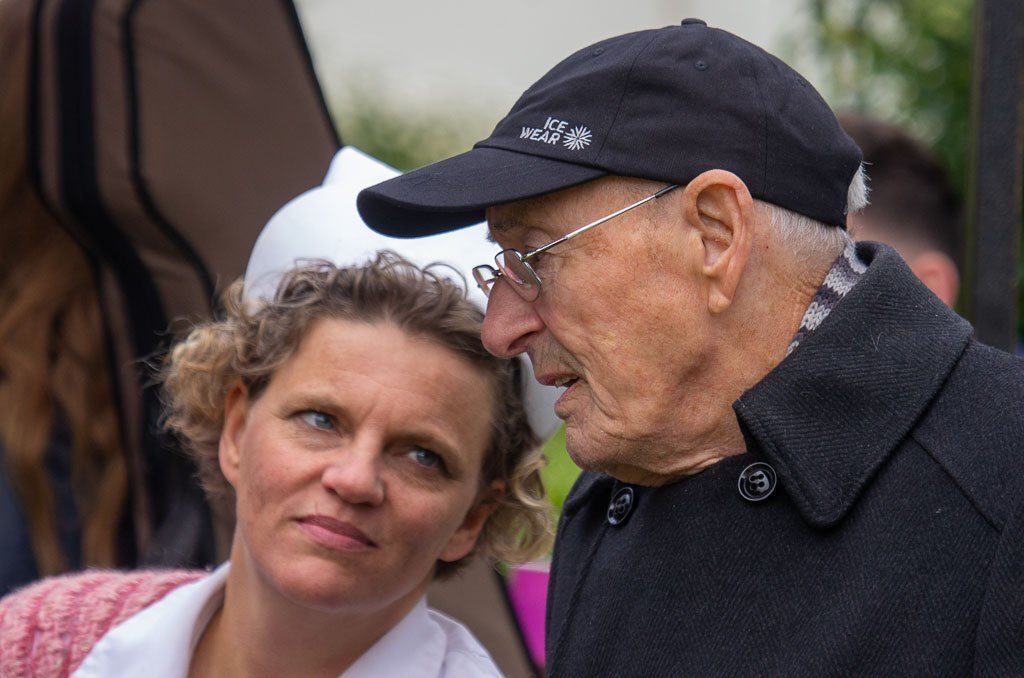
Sad personal stories
In any case, when you visit the Hælið exhibition you get really great guidance from the staff there. It has a lot of memorabilia and personal items from the people who fought against the White Death. Primitive medical devices are also on display. But most importantly the exhibition is full of personal stories of the people who were treated there.
Introducing the entrepreneur
The lady who founded the exhibition is the local entrepreneur and actress María Pálsdóttir. The exhibition and the café there is her brainchild.. It is of those tremendous stories about grit and persistence that abound in the Icelandic travel sector. María was kind enough to take the time for an interview.
What inspired you to open the HÆLIÐ tuberculosis exhibition?
I was visiting my parents who live on a farm next to Kristnes. I was walking down memory lane. My childhood evenings were all about playing in the Kristnes village. The houses had deteriorated since then and this made sad. I thought to myself why doesn’t anyone do something for this village? And then it hit me: Why don´t I just do something? It was obvious to me that whatever I did I had to connect it to the history of the place. Tuberculosis interested me more than the story of the first settler in the North. That was Helgi the lean who built a farm at Kristnes with his wife Þórunn Hyrna. I started my research. I knew little about the disease and how severe it had been here in Iceland. It is still a big problem in some parts of the world.
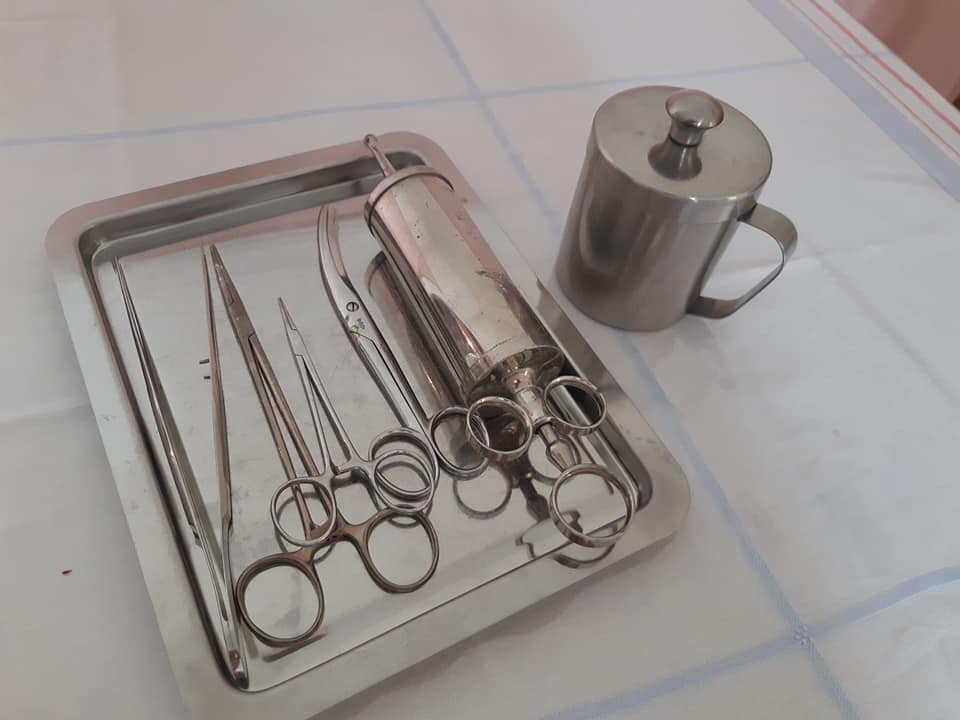
Can you describe what it took to get the exhibition on tuberculosis in Iceland and the adjacent café open?
Well, it took a little madness of course. You have to be a little crazy to decide to move your whole family to the north (husband and three kids), renovate an old building with no carpentry skills, fundraise money so that you don´t go bankrupt, design an exhibition about something you´ve just learned about… But with passion, a lot of energy, amazing friends and family, a lot of work – and I mean a LOT! optimism and good humor. This has been my most enjoyable journey.
What surprised you the most when you started digging into the story of the Kristnes sanatorium?
How willing people were to share the stories of their relatives who had suffered from tuberculosis here in Iceland. The material in the exhibition somehow just came to me. In the beginning I had nothing. People who heard me on the radio sent me letters, photos, or other items. People are so fantastic.
It is amazing how quickly this big sanitarium at Kristnes was built. The building time was only 16 months. It was finished on time and on budget. Everything was done by hand back in 1927. This would never happen today.
Are there other places or attractions nearby you recommend for travelers?
Oh yes! Eyjafjarðarsveit (I challenge you to pronounce this word) has a lot to offer! The Christmas garden is just next to HÆLIÐ, a must-visit destination. There is a really nice swimming pool and a campsite at Hrafnagil. You should also visit the ‘Smámunasafn Sverris Hermannssonar’ (The museum of small things) is amazing. Kaffi Kú is a café where you can visit the cows, then there is Brúnir-Horse café, gallery and horse exhibitions. Don’t forget to visit all the beautiful churches in the area. Spend a night or two in unique accommodations and explore the countryside just south of Akureyri.
What advice would you give those who are visiting Iceland for the first time?
Come up North! We have so many unexpected places to show you.
Find hotels near HÆLIÐ exhibition on tuberculosis in Iceland exhibition
How to find the HÆLIÐ exhibition at Kristnes
Drive south from Akureyri on road 821 for approximately 12 minutes.


